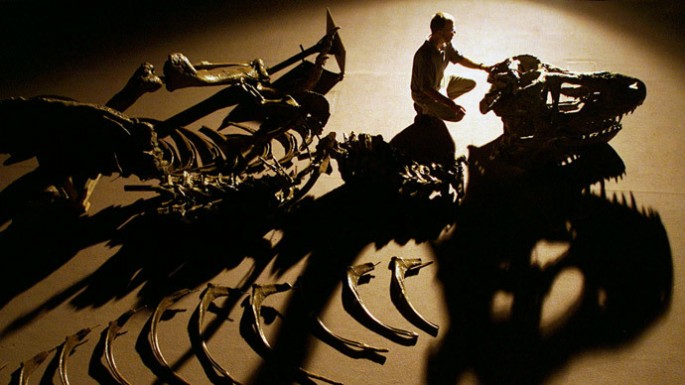Despite the lowest estimates of extinction rates considered, the modern world is experiencing a "sixth great extinction" of animal species in the 20th century and humans are to blame, according to a new study.
The study published on Science Advances titled "Accelerated modern human-induced species losses: Entering the sixth mass extinction" was authored by Gerardo Ceballos, Paul Ehrlich, Anthony Barnosky, Andres Garcia, Robert Pringle and Todd Palmer.
According to the scientists, the rate of extinction for species in the 20th century was up to 100 times higher than it would have been without the impact of humans. The study explained that two species go extinct per 10,000 species per century under a "natural" rate of extinction instead of the one species that earlier work has presumed.
"We were very surprised to see how bad it is," The Guardian quoted Ceballos as saying. "This is very depressing because we used the most conservative rates, and even then they are much higher than the normal extinction rate, really indicating we are having a massive loss of the species."
For years, a number of conservationists have been warning that a mass extinction event similar to the one that annihilated the dinosaurs is taking place as humans destroy and degrade habitats.
In addition, Ceballos explained, "It's really signalling we've entered a sixth extinction and it's driven by man."
On the other hand, the Group on Earth Observations Biodiversity Observation Network chair Prof Henrique Miguel Pereira said the study titled "Accelerated modern human-induced species losses: Entering the sixth mass extinction" has nothing revolutionarily new.
According to Pereira, the study does not yet confirm a sixth mass extinction although the study that argues that recent extinction rates are up to 100 times higher than in the past does improve the documentation of the process.



























